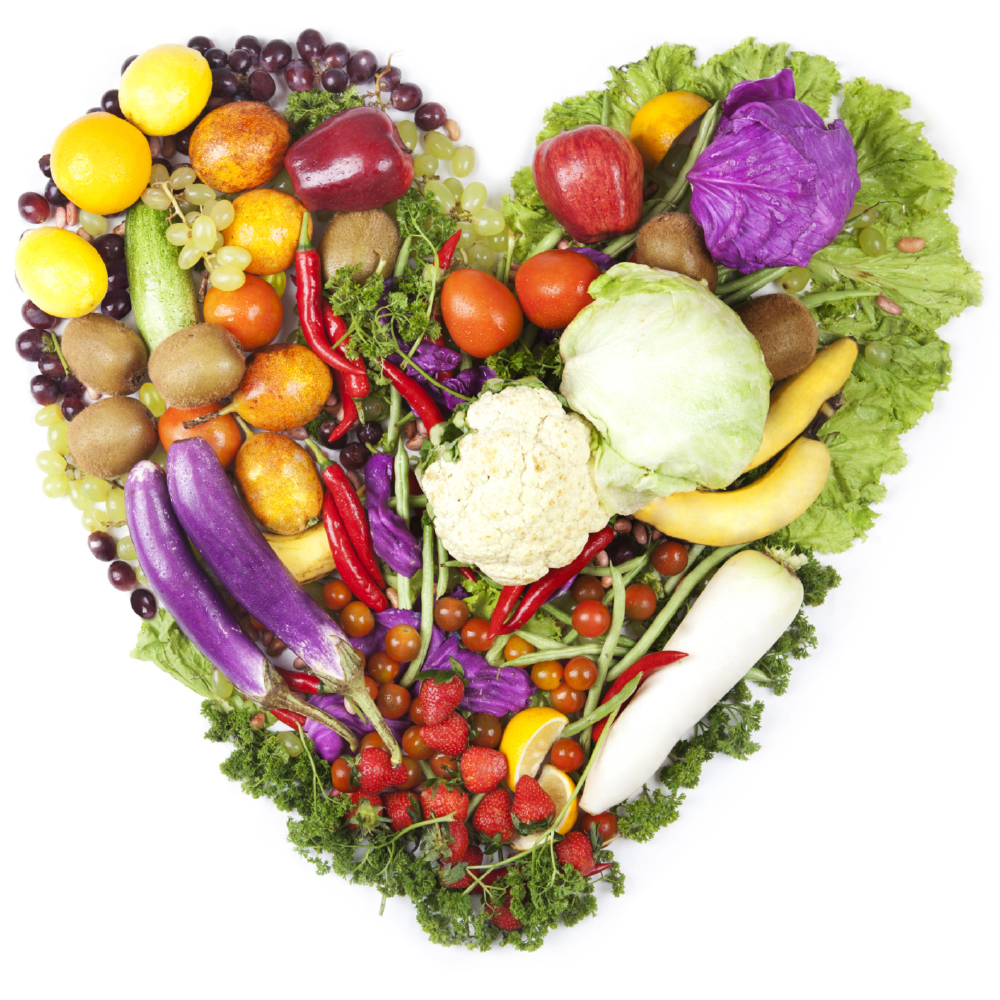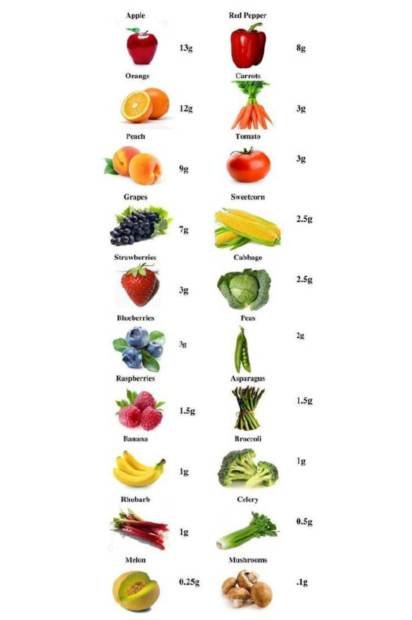
Will more fruit mean too much sugar?
This week news broke that five portions of fruit and vegetables a day may not be enough, and instead we should be consuming seven or even ten a day according to a UCL study.
But for those of us consciously trying to lead a healthy lifestyle, and parents concerned about their children’s health, the latest findings have been received with bewilderment.
Coupled with the news over the past few weeks that the World Health Organisation has recommended that our daily sugar intake should be halved (to around 25 grams per day for women and 35 grams per day for men), warning of the dangers of consuming too much sugar, including fructose, the natural sweetener found in fruits and some vegetables, it is no surprise we are a nation confused with what our daily diet should look like.
The obvious conclusion we come to is, if we are to increase our fruit and vegetable consumption to 7-10 per day, will that not take us beyond our daily sugar allowance?
‘Yes, it potentially could.' says Laurence Beeken, Food Information Executive at WeightLossResources.co.uk.
‘It is all about finding a balance. Certain fruits and vegetables have very high sugar contents, and so you need to be mindful as to which you include in your daily diet. For example, if you were to eat an apple (2½tsp), orange (2¼tsp), red peppers (2½tsp), carrots (½tsp), tomatoes (½tsp), sweetcorn (½tsp) and cabbage (½tsp), this would take your sugar consumption to over 9tsp – considerably more than recent WHO guidance, which states sugar intake should be roughly 25g (5tsp) per day for women or 35g (7tsp) for men. This includes naturally occurring sugars.”
So is there a contradiction in what we are being advised?
“Increasing our daily fruit and vegetable intake is not a carte blanche to eat as many fruits and vegetables as we want” says Laurence. “If you are to go on the 5, 7 or even 10 a day plan; you should be selective in what you eat. So if you eat two sugary fruits such as apples and oranges, try to balance this out with vegetables that are low in sugar, such as asparagus (1.5g); spinach (1g) and celery (0.5g) - all less than ¼ tsp.”
This corresponds with the Australian government’s guidelines when it launched the "Go for 2+5” campaign, where they stipulate that our daily intake should consist of 2 fruits and 5 vegetables, something which is not clear in the UK guidelines currently.
Our table of popular fruits and vegetables below shows how many grams of sugar each piece contains from highest to lowest. (based on an average portion or serving).

Laurence concludes: “Of course, eating fruit is always better than eating anything processed or of no nutritional value. The worst offenders for sugar overload are the apparently ‘healthy’ food options which have been cleverly marketed to conceal their high sugar content. For example, a can of tomato soup can count as one of your five a day, yes, however it also comes with 2tsp of added sugar, whereas a medium tomato will also give you your one portion but only ½tsp of natural sugars. Clearly this is preferable. As with everything we eat, we just need to a little bit more conscious of the nutritional value of what we are putting in our bodies.”
Tagged in Nutrition Diet Healthy eating

